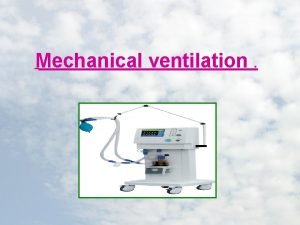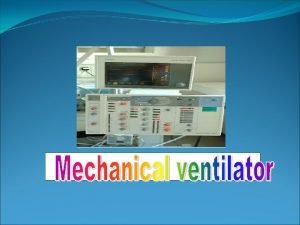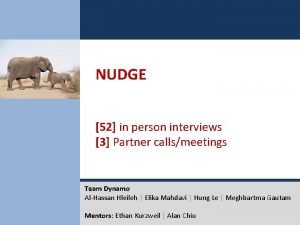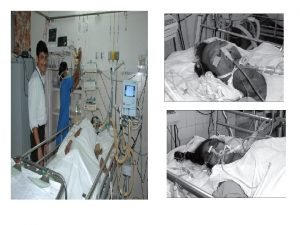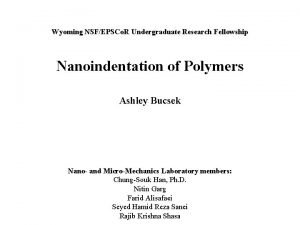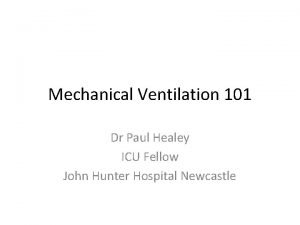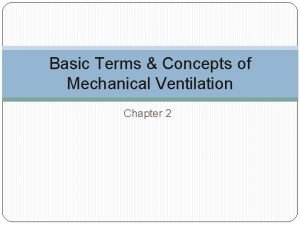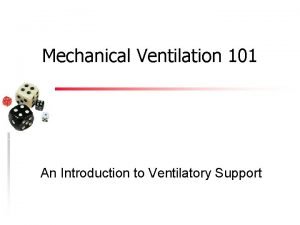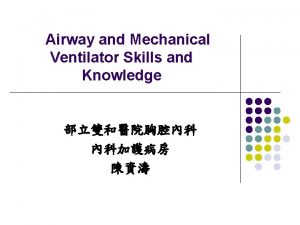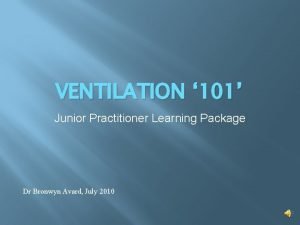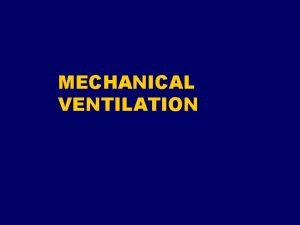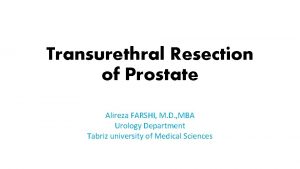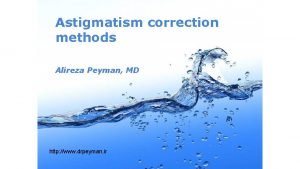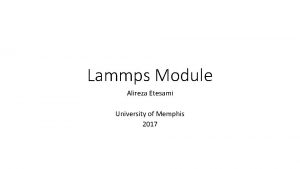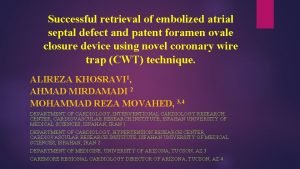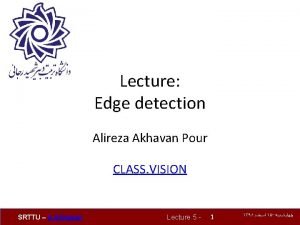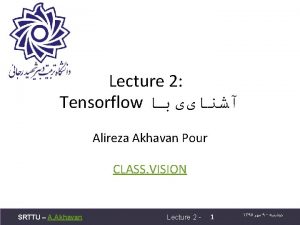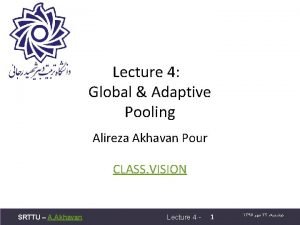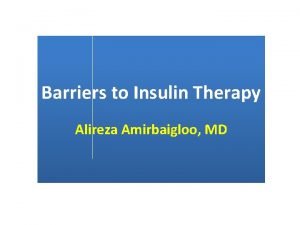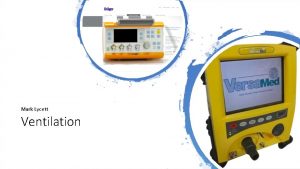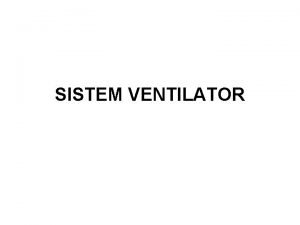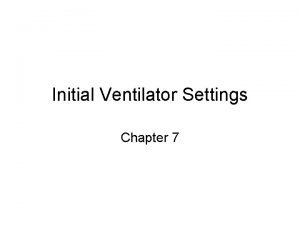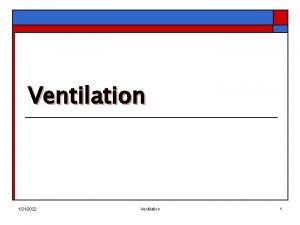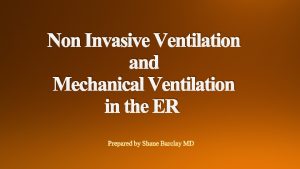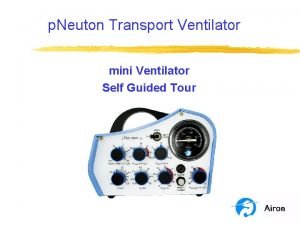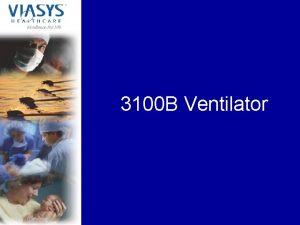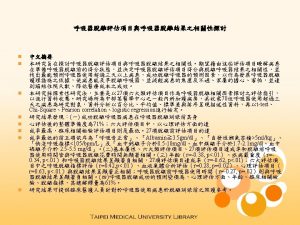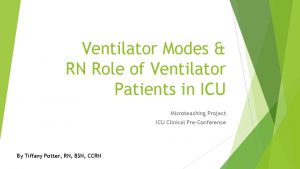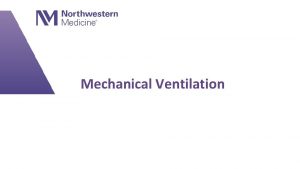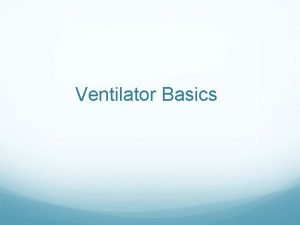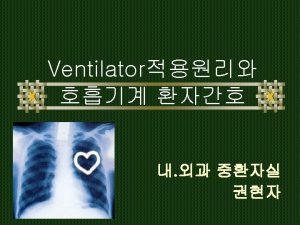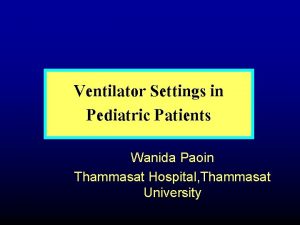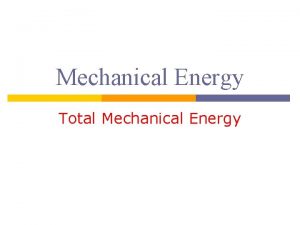MECHANICAL VENTILATION Seyed Alireza Mahdavi Ventilator settings Ventilator




























- Slides: 28

MECHANICAL VENTILATION Seyed Alireza Mahdavi

Ventilator settings

Ventilator settings 1. 2. 3. 4. 5. 6. 7. 8. Ventilator mode Respiratory rate Tidal volume or pressure settings Inspiratory flow I: E ratio PEEP Fi. O 2 Inspiratory trigger

CMV

A/CV

SIMV

Concepts and Modes of Mechanical Ventilation Bivent Pressure SIMV Pressure CMV Mechanical Ventilation Time CPAP Pressure APRV Pressure Time Spontaneous Breathing

Positive End-expiratory Pressure (PEEP) What is PEEP? What is the goal of PEEP? l Improve oxygenation l Diminish the work of breathing l Different potential effects

PEEP What are the secondary effects of PEEP? l l l Barotrauma Diminish cardiac output Regional hypoperfusion Na. Cl retention Augmentation of I. C. P. ? Paradoxal hypoxemia

Monitoring of the patient

Auto-PEEP or Intrinsic PEEP What is Auto-PEEP? l Normally, at end expiration, the lung volume is equal to the FRC l When PEEPi occurs, the lung volume at end expiration is greater than the FRC

Auto-PEEP or Intrinsic PEEP Why does hyperinflation occur? Airflow limitation because of dynamic collapse l No time to expire all the lung volume (high RR or Vt) l Expiratory muscle activity l Lesions that increase expiratory resistance l


Auto-PEEP or Intrinsic PEEP Auto-PEEP is measured in a relaxed pt with an end-expiratory hold maneuver on a mechanical ventilator immediately before the onset of the next breath

Auto-PEEP or Intrinsic PEEP Adverse effects: l l l Predisposes to barotrauma Predisposes hemodynamic compromises Diminishes the efficiency of the force generated by respiratory muscles Augments the work of breathing Augments the effort to trigger the ventilator

Different types of patient

COPD and Asthma Goals: l Diminish dynamic hyperinflation l Diminish work of breathing l Controlled hypoventilation (permissive hypercapnia)

Diminish DHI Why?

Diminish DHI How? l Diminish minute ventilation Low Vt (6 -8 cc/kg) l Low RR (8 -10 b/min) l Maximize expiratory time l

Diminish work of breathing How: l Add PEEP (about 85% of PEEPi) l Applicable in COPD and Asthma.

Controlled hypercapnia Why? l Limit high airway pressures and thus diminish the risk of complications

Controlled hypercapnia How? l Control the ventilation to keep adequate pressures up to a PH > 7. 20 and/or a Pa. CO 2 of 80 mm. Hg

Controlled hypercapnia CI: Head pathologies l Severe HTN l Severe metabolic acidosis l Hypovolemia l Severe refractory hypoxia l Severe pulmonary HTN l Coronary disease l

Restrictive Pattern Intrapulmonary: Intra-alveolar filling processes Alterations in lung interstitium Extrapulmonary Pleural disease Chest wall abnormalities Neuromuscular disease

Management of Mechanical Ventilation Volume Pressure I: E ratio Mode



Thank You
 Indication for mechanical ventilation
Indication for mechanical ventilation Modes of mechanical ventilation
Modes of mechanical ventilation Ghader heydari
Ghader heydari Elika mahdavi
Elika mahdavi Peep nursing
Peep nursing Seyed e hasnain
Seyed e hasnain Masoud sadjadi
Masoud sadjadi Seyed hamid reza sanei
Seyed hamid reza sanei Iron lung
Iron lung Transairway pressure
Transairway pressure Mechanical ventilation 101
Mechanical ventilation 101 Mechanical ventilation firefighting
Mechanical ventilation firefighting Malampti
Malampti Dope mechanical ventilation
Dope mechanical ventilation Ventilation learning package
Ventilation learning package Positive end expiratory pressure
Positive end expiratory pressure Alireza farshi
Alireza farshi علیرضا پیمان
علیرضا پیمان Alireza etesami
Alireza etesami Alireza khosravi
Alireza khosravi Alireza yalda
Alireza yalda Haji firooz vector
Haji firooz vector Alireza akhavan
Alireza akhavan Drpeyman.ir
Drpeyman.ir Tf 2
Tf 2 Alireza yalda
Alireza yalda Alireza ahadi
Alireza ahadi Adaptive average pooling
Adaptive average pooling Dr. alireza amirbaigloo, md, endocrinologist
Dr. alireza amirbaigloo, md, endocrinologist
